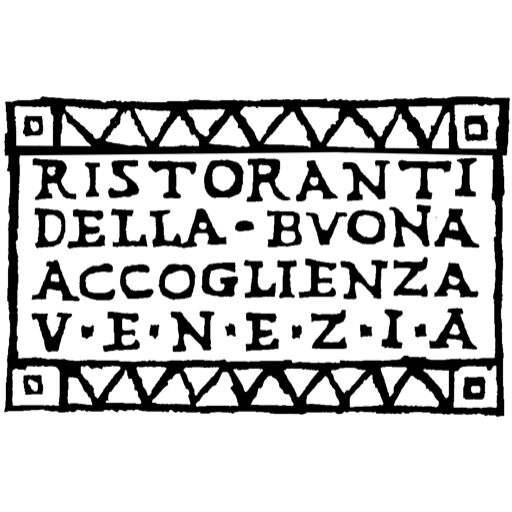marciano
From a story by Daniele Reale
Marciano was born in 2013 in Marghera, and after 5 years, it opened its Venetian branch here in Cannaregio.
In the years before the opening, I always worked in the world of events, as a creative director and PR, frequented clubs, rock festivals, and the artistic scene of the carnival. The desire to lead a life not entirely nocturnal was fulfilled on my fortieth birthday with the opening of Marciano Venezia.
Now instead of going to bed at 6, I go to bed at 2; who knows, maybe in the next life, I’ll be a mailman and go to bed at 9!
Parallel to my close connection with the rock scene, with the world of young people and the Sixties environment, I have always also dealt with good food because my family is a family of restaurateurs. It was natural, therefore, to want to open a restaurant business where you could eat well and express yourself creatively, highlighting all the things that make me feel good and that summarize a bit my path. Beer, but also cocktails, hamburgers but also steaks and fillets, garden vegetables, music but also the football game. A gathering place with its counter, but at the same time an intimate place with secluded corners.
A gastropub, in short, not a classic beer sandwich shop, but a place where you can spend €20 as well as €200 depending on the experience you want to live, on what you order.
I am Venetian by birth, my family is among those who moved to the mainland for work opportunities, nevertheless, I have always maintained my ties to Venice while also looking at the external world with curiosity.
That is why the starting concept of Marciano is to create a gathering place aimed at the resident community, at citizenship, responding to its needs with the offer of an international product with roots in Venetian foundations.
The name itself derives from San Marco Evangelista, the furnishings are made with wood from local artisans, the wall displays are by Venetian artists, the chandeliers, the wines are all natural and from the territory.
Obviously, once the restaurant’s clientele is 90% resident, the tourist who arrives has a different approach, more serene, thinks: “ah, there are Venetians and so we are in good hands!”
Speaking of the bond with the territory, I believe that we are the only ones who joined the Osti in Orto project first and then were introduced to the Buona Accoglienza project.
It was natural to want to join the Association, with the members of Osti in Orto, we became friends, the ideals were already in common, after all, PUB stands for Public House, just as the osteria is the host’s house.
The concept is the same, unfortunately a bit distorted due to the examples of pubs in circulation, perhaps a bit industrial. Deepening the knowledge of the members of Osti in Orto made it possible for me to transmit the philosophy of Marciano and to be invited to apply to enter also in the Buona Accoglienza, a project I had long aspired to. Firstly, to have recognition for having done a job outside the mainstream, to differentiate oneself from the junk that you see around, to have a kind of medal on the chest of being part of an association together with those who are, for me, the senators of Venetian catering.
Being a member of the Buona Accoglienza is for me a point of arrival and departure, I feel an additional responsibility, I approach a positive evolution, an extra stimulus to not feel satisfied but to continually renew the activity also thanks to the knowledge acquired on the supply chain. And it is also a challenge to show that even a slightly “hipster” activity like ours can on the contrary give inspiration to the more traditional ones.
In addition to producing our vegetables through the Osti in Orto project, we also produce our Marciano IPA beer, a gin with a botany of saltwort from the Venetian islands in collaboration with the Mantovani distillery. Always staying in the territory, we have an imminent project, as a response to the commonplace that in Cannaregio you don’t eat good pizza and we are working on the opening in Campo del Ghetto of a “pizza lounge”, always based on local raw materials, seasonality, and with a modern interpretation of pairing with craft beers, natural wines, and cocktails.









